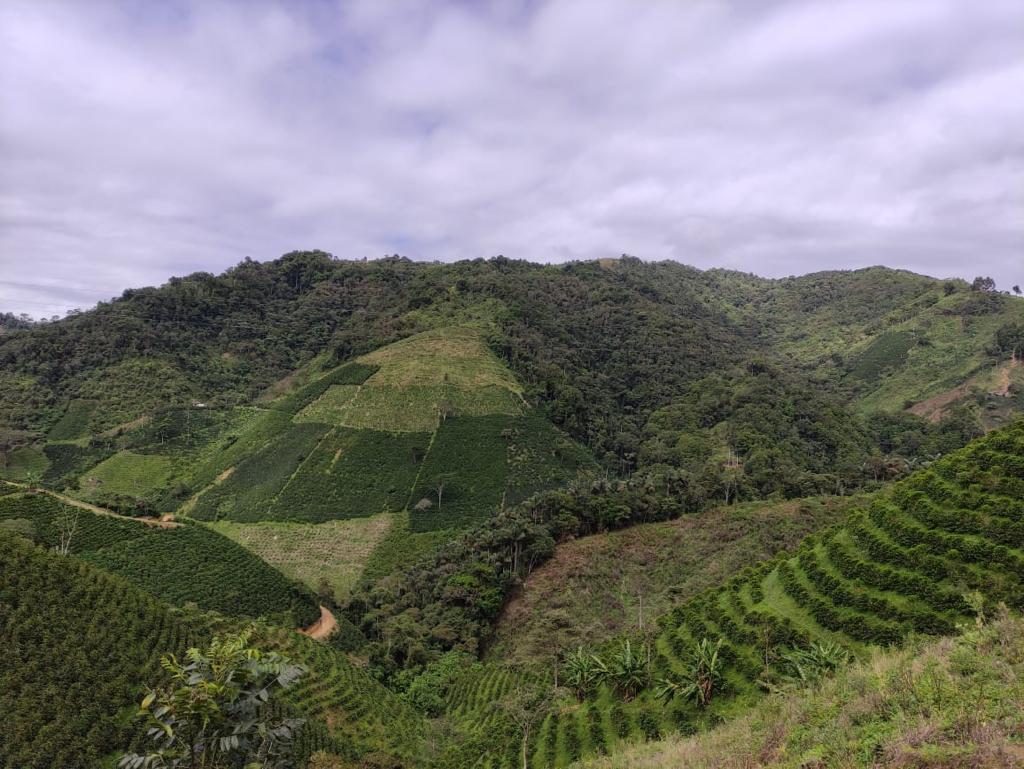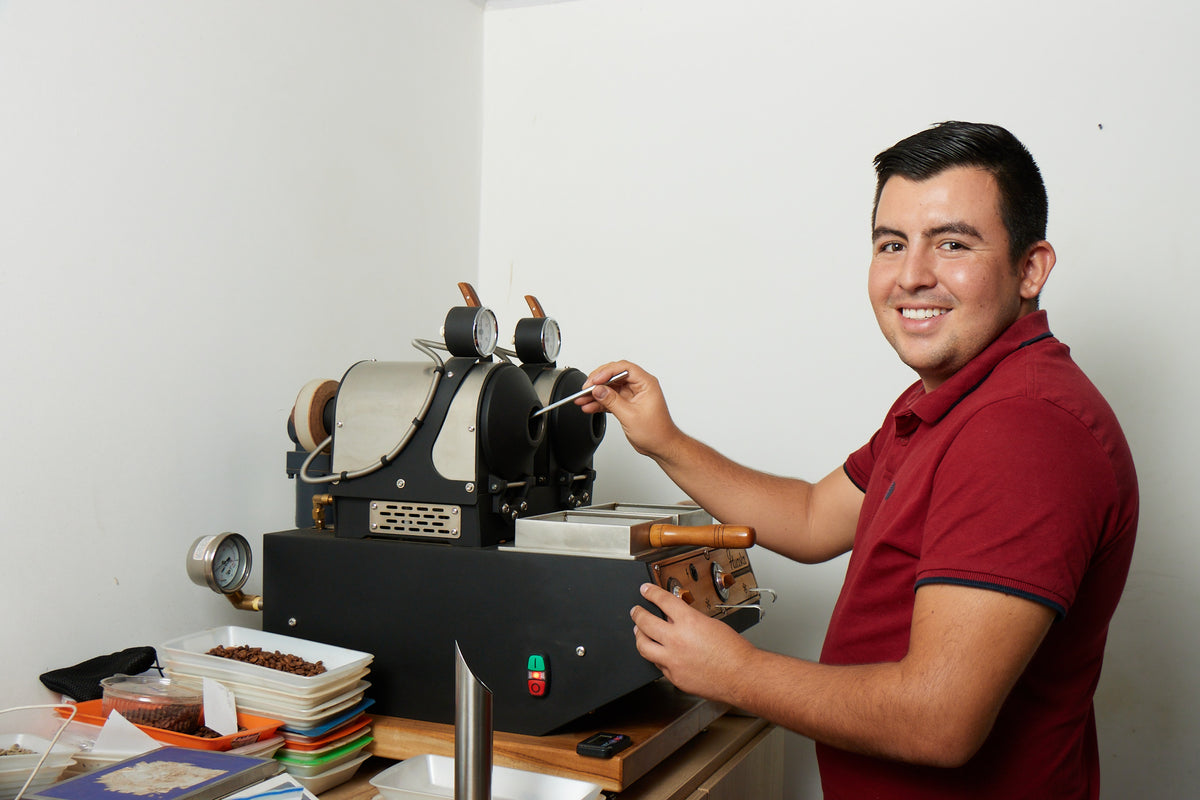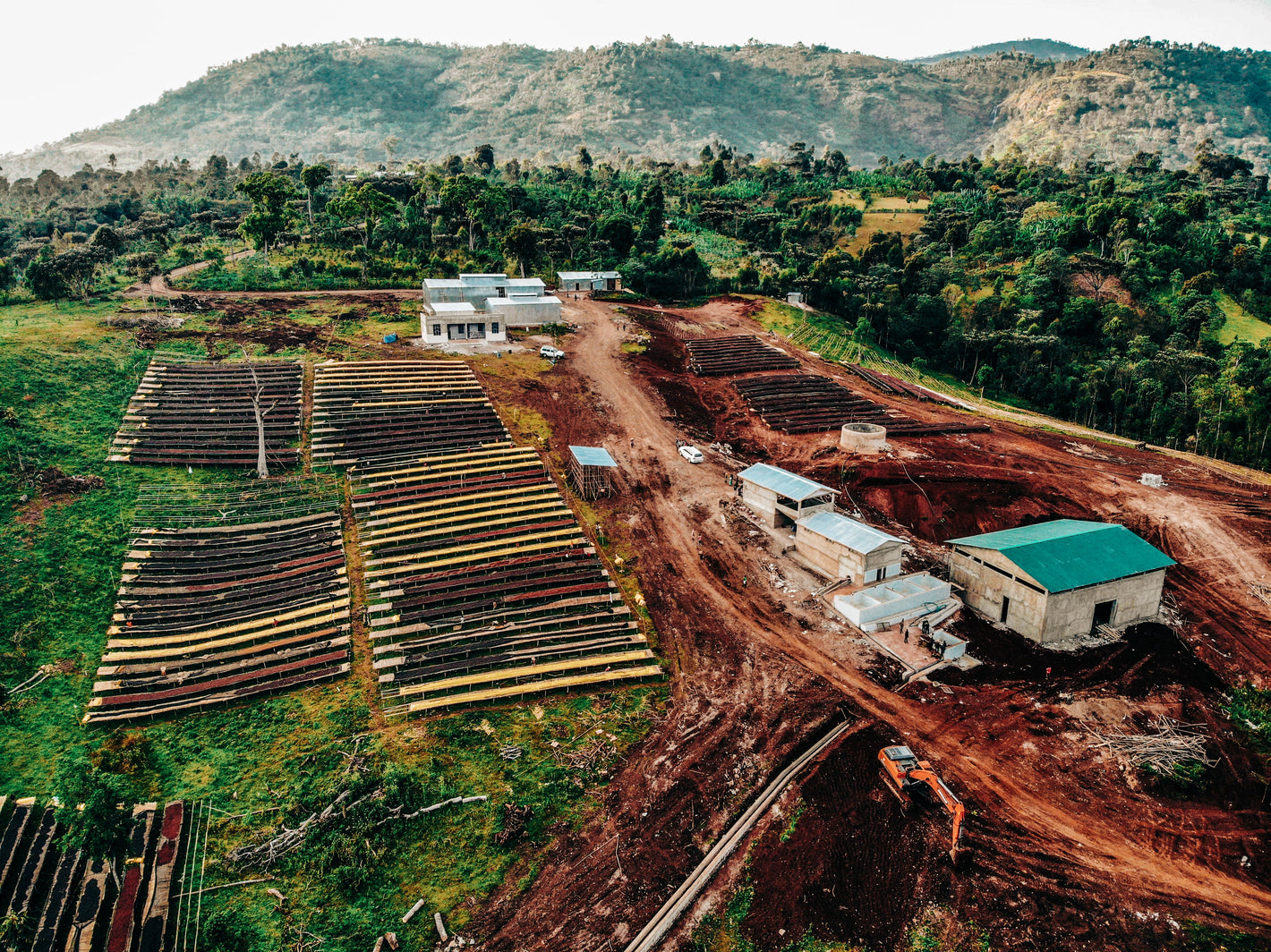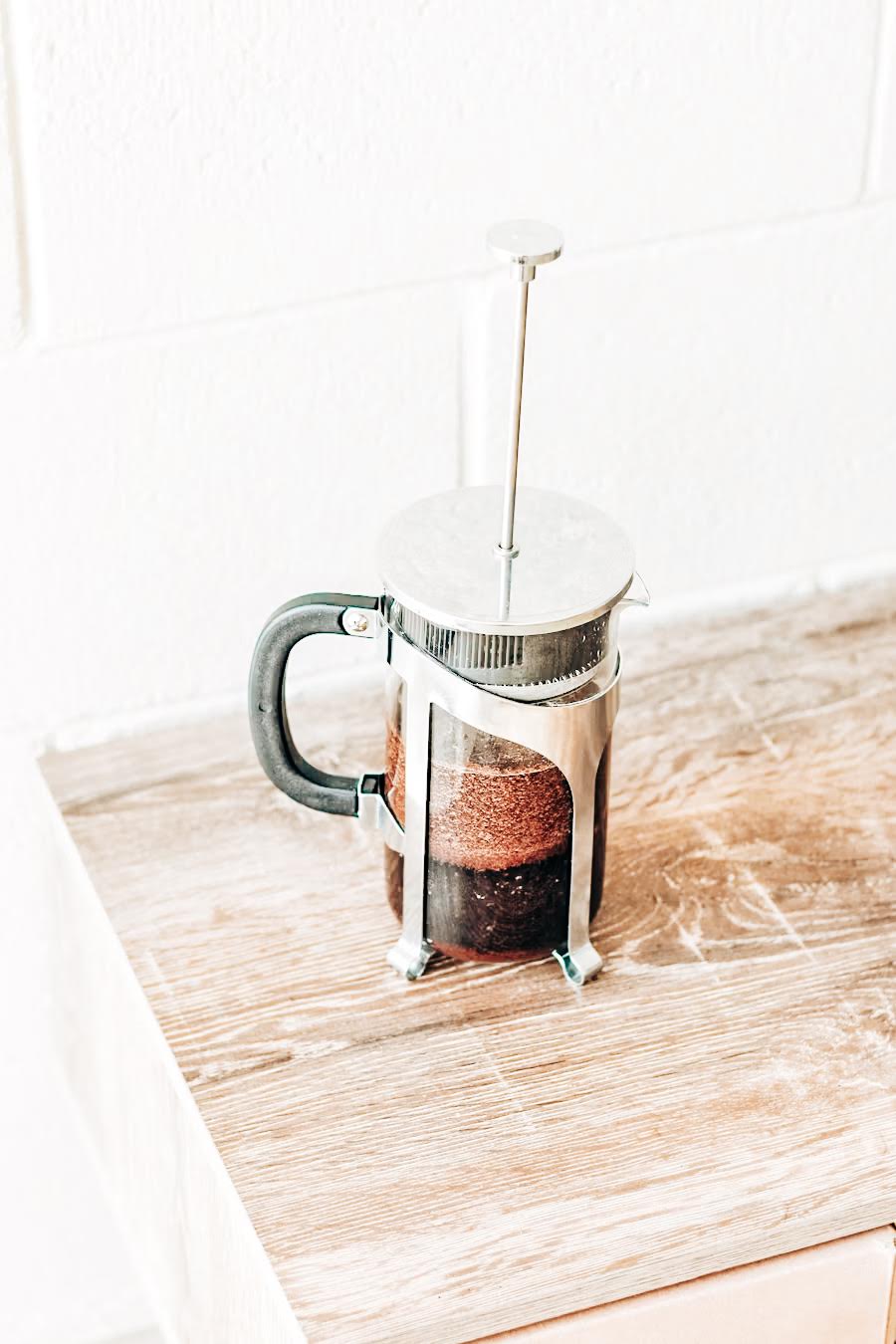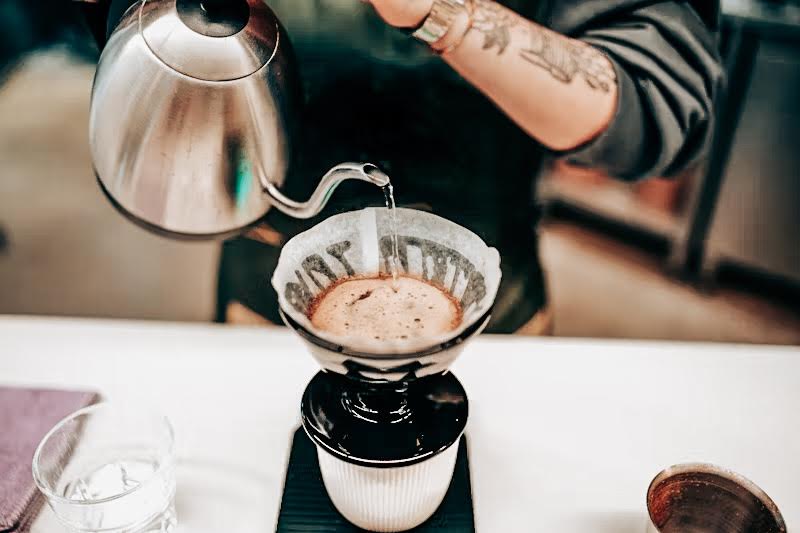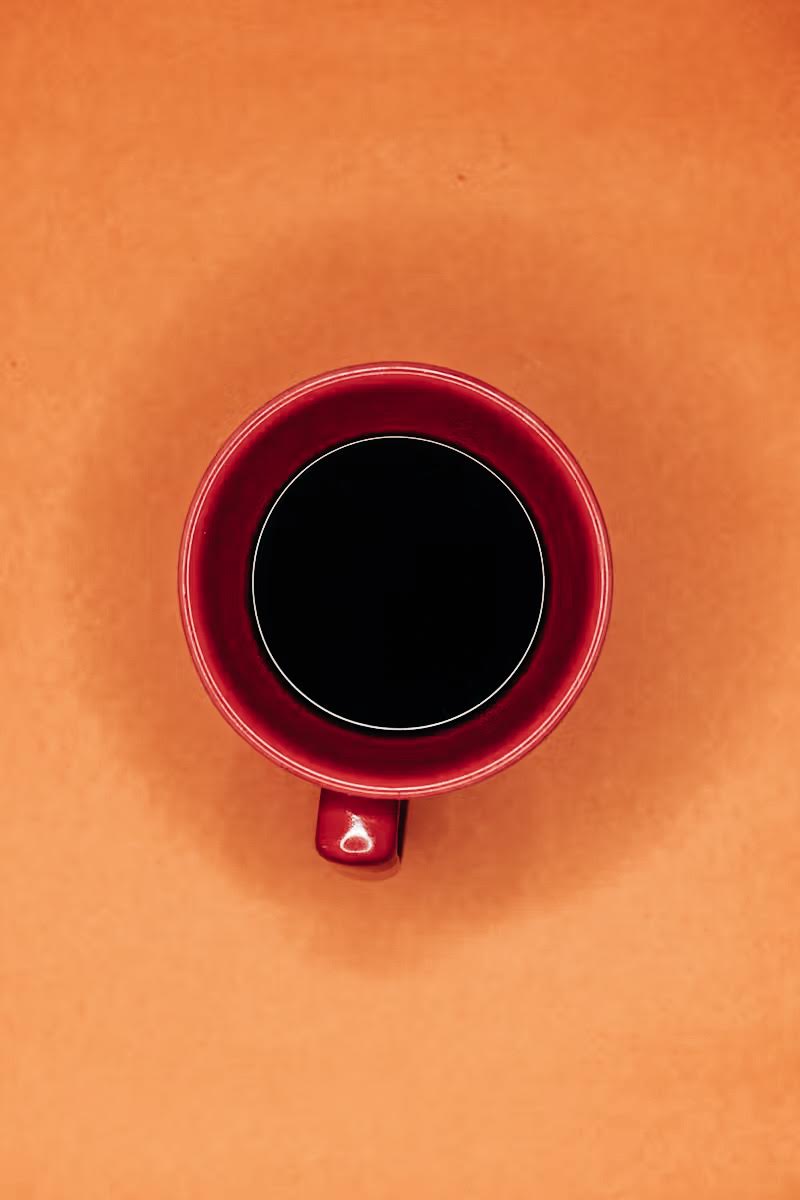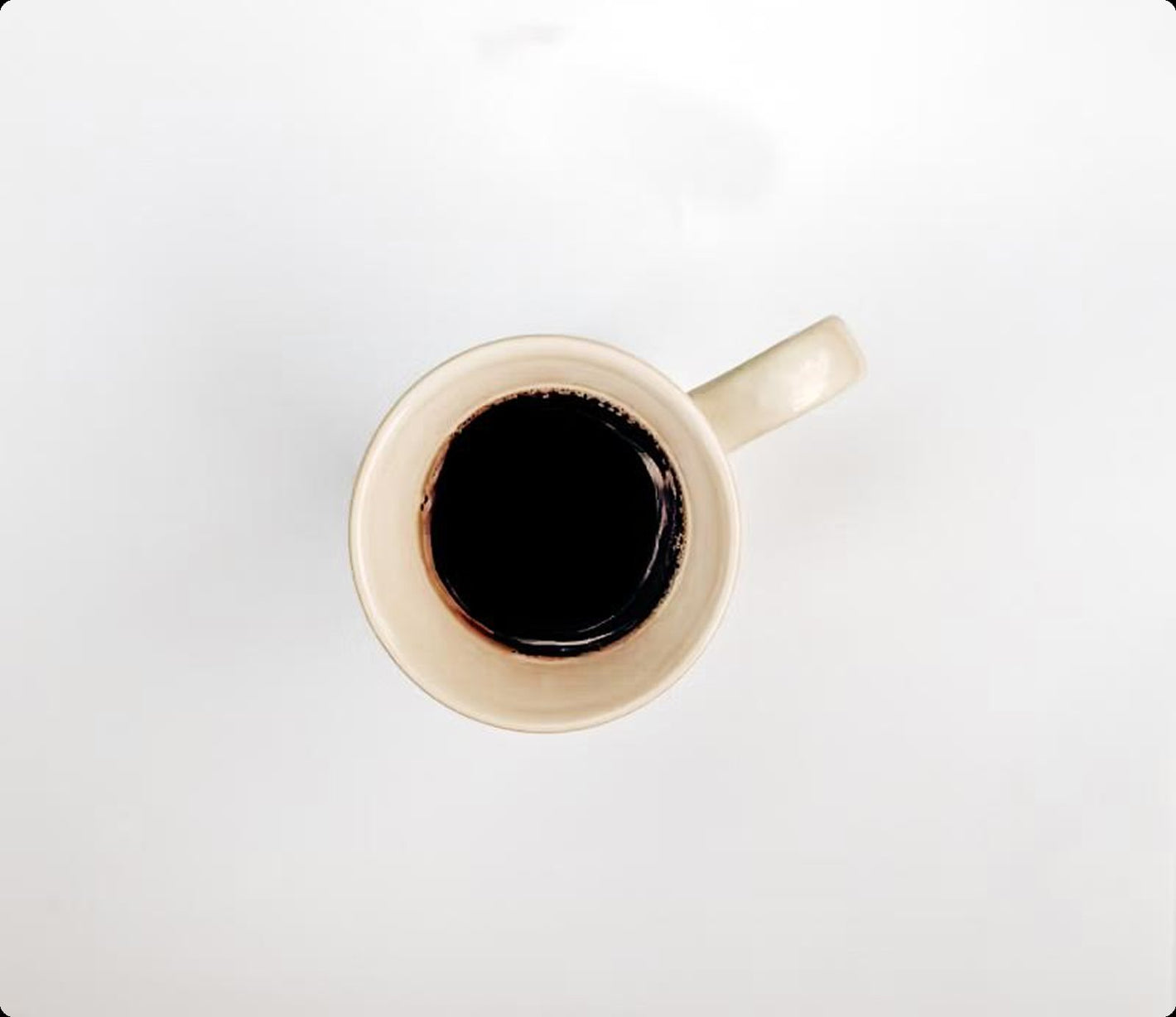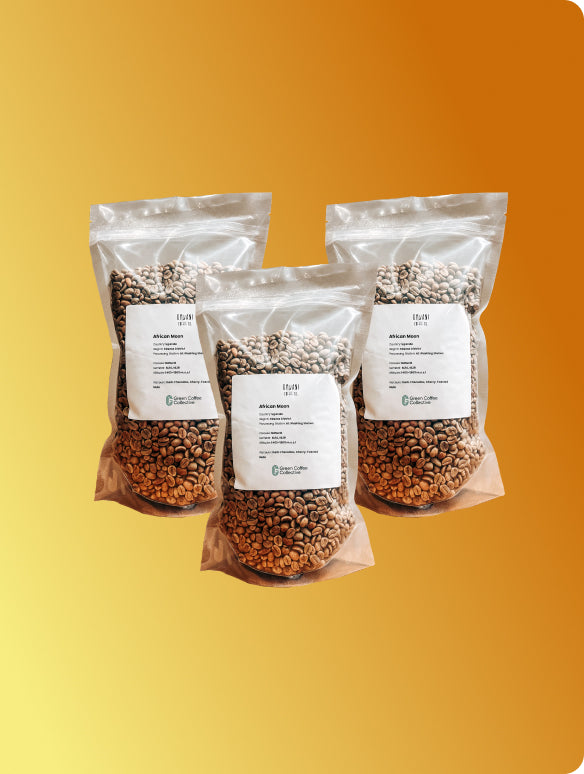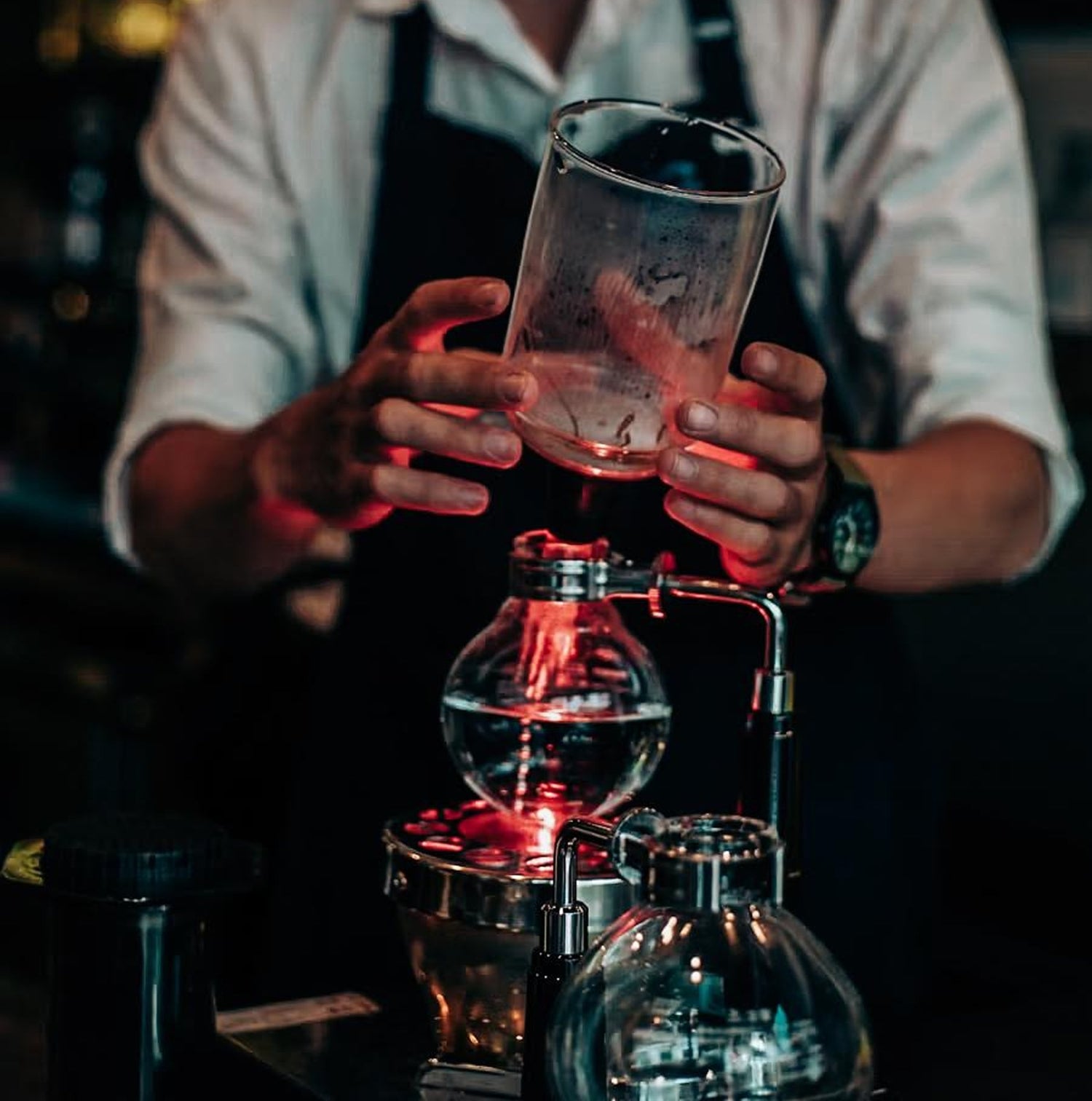
Green Coffee Beans for Siphon Brewing
Siphon brewing sits between immersion and filter, combining the clarity of pour over with the depth of French Press. It’s a complex method that rewards experimentation - and when it’s dialled in, the results can be spectacular. These green coffees have been chosen for their fruit-forward character and rounded body, with Kenyan and Ethiopian lots standing out. While siphon brewing can handle most coffees, it really shines with those that offer bold flavour rather than subtle, acidity-led nuance.
-
Johan Vergara | Java
Cupping Score85.0Processing methodVarietalJavaMain flavour notesChocolate | Roasted Almonds | Red BerriesIn Stock+20kg leftSale -
Nola Wonga
Cupping Score85.25Processing methodVarietalS795Main flavour notesElderflower | Pomelo | CaramelLow Stock

Your guide to Green Coffee Beans for Siphon Brewing
-
What kind of coffee works best in a siphon brewer?
-
How does siphon brewing affect flavour?
-
Do I need a different roast profile for siphon brewing?
-
Perfect Green Coffee Beans for Siphon Brewing
-
Understanding Siphon Brewing & Bean Suitability
-
What to Look for in Green Coffee Beans for Siphon Brewing
-
Key Characteristics of Ideal Beans for Siphon Brewing
-
Conclusion
